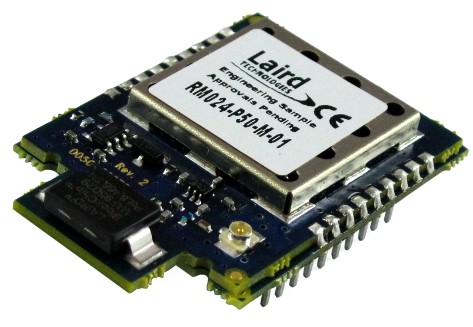
Low-Power Wireless Modules to Fuel the IoT
Published on May 15, 2014

In recent months, there has been a lot of buzz surrounding the Internet of Things (IoT), a trend that will allow everything around us to connect and communicate. The global market for low-power wireless modules will grow from USD 1.4 billion in 2014 to USD 2 billion in 2018, according to a recent report from IHS Technology. This growth is due in part to the IoT, of which low-power wireless technologies will play a crucial role in the development.
Benefits of Low-Power Wireless Modules
According to the IHS report, the top benefits of low-power wireless modules include:
- Significantly decrease time to market
- Simplify manufacturing and increase flexibility
- Not limited to low-volume applications
- Reusable across multiple SKUs
- Can give an old product new life
Wireless modules' plug-and-play functionality allow device manufacturers to bring products to market more quickly by cutting the time spent on development, testing, and certification. According to IHS, modules can potentially save as much as six months of development and up to a million dollars in expenses. In addition, wireless modules also simplify manufacturing and increase flexibility. Manufacturers can easily support multiple unique RF designs and reduce supply chain complexity and risk because they can be reused across multiple SKUs. Lastly, modules allow manufacturers to breathe new life into old products without changing the hardware. Manufacturers need only upgrade the wireless module.
To learn more about Laird's wireless module offerings, please visit the Embedded Wireless Solutions webpage.
For more market forecast information, see IHS's market report titled, Low-Power Wireless Modules.